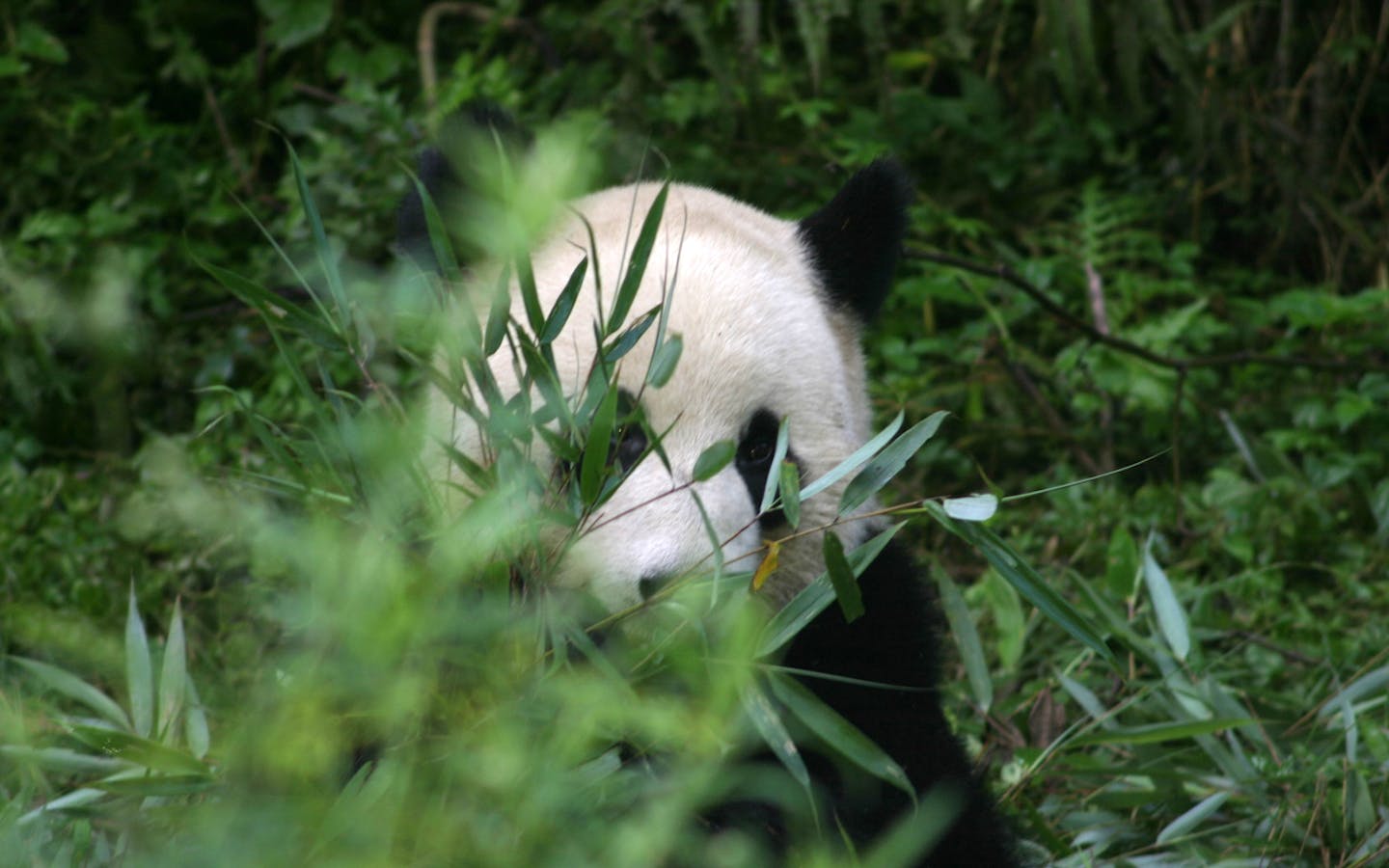Our projects
Blue carbon in China
Coastal blue carbon ecosystems including mangroves, seagrass beds and salt marshes have stronger carbon sequestration ability than terrestrial ecosystems, thus playing an important role in climate solution globally. China has great potential in blue carbon, where all three blue carbon ecosystems can be found along its coastline. However, blue carbon ecosystems worldwide are under threats. In China, mangroves have decreased by over 70% during the past 50 years.

Since 2016, Conservation International has been protecting mangroves in China and exploring blue carbon solutions for tackling climate change. In 2018, BCI working group meeting was held in Weihai, Shandong province. Weihai Declaration was launched during the meeting, in support of the development of blue carbon in China.
CI China and partner is now piloting a tradable blue carbon project in Hainan Province and developing a Blue Carbon mapping and assessing the restoration potential of mangroves and seagrass beds in Guangdong Province, where the pilot effort in Hainan can also be expanded.
Smart climate-friendly agricultural practices in Southwest China
Ganpu Village of Li County, Sichuan province is featured by its dry climate condition and irregular rainfall. Forests in this area was degraded due to long-term unsustainable grazing practices. Soil was degraded as well because of overuse of and fertilizers. In addition, climate change is exerting its impacts, all these bring in challenges for local communities dependent on agricultural production.

Conservation International promotes agroforestry in Ganpu Village, to demonstrate how sustainably managed “forestry - agriculture - grazing” practices can benefit both the community and its resilience against climate change. Agroforestry practices have also been promoted in Changtianba Village of Menghai County, Xishuangbanna, Yunnan province.




